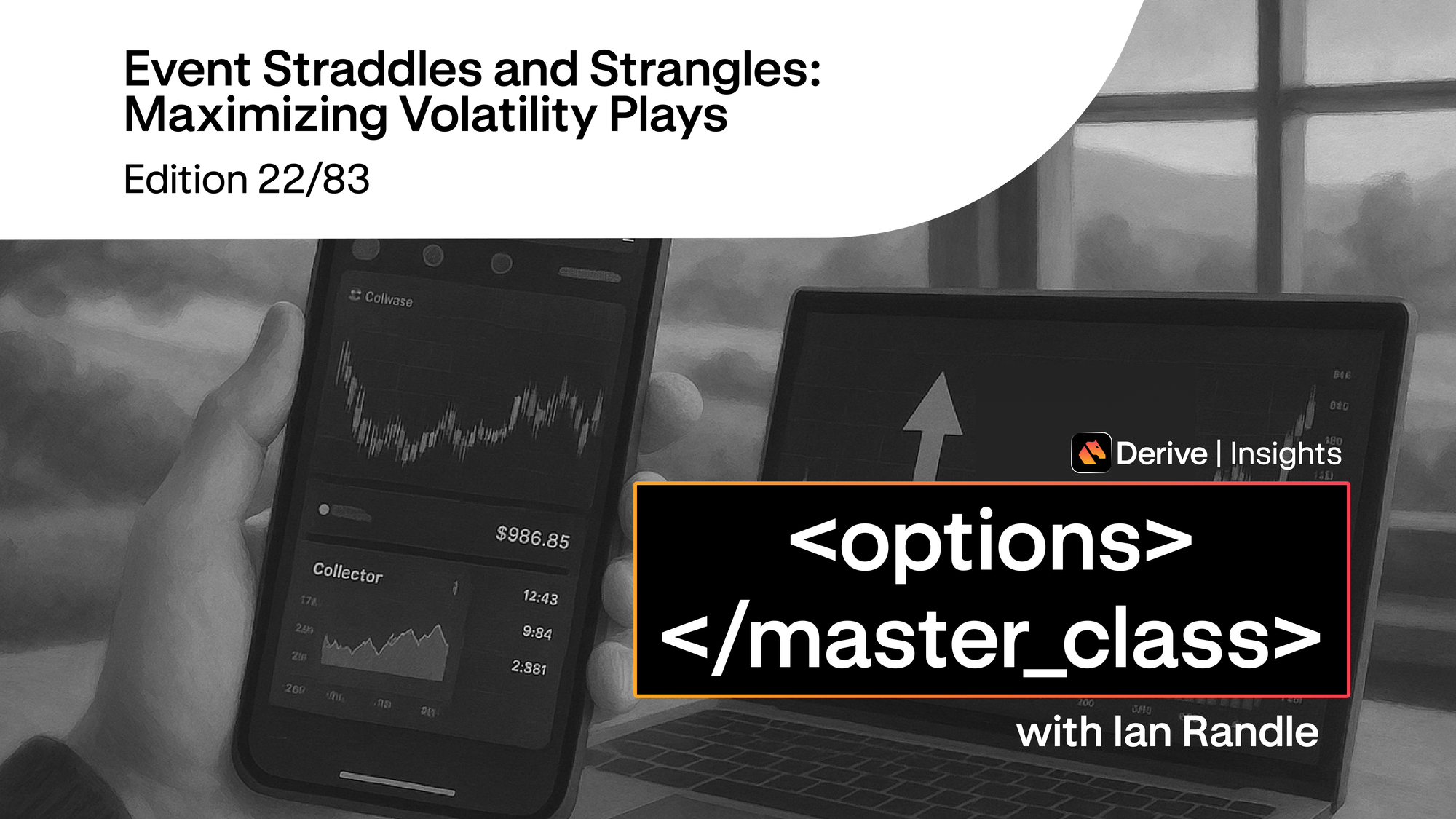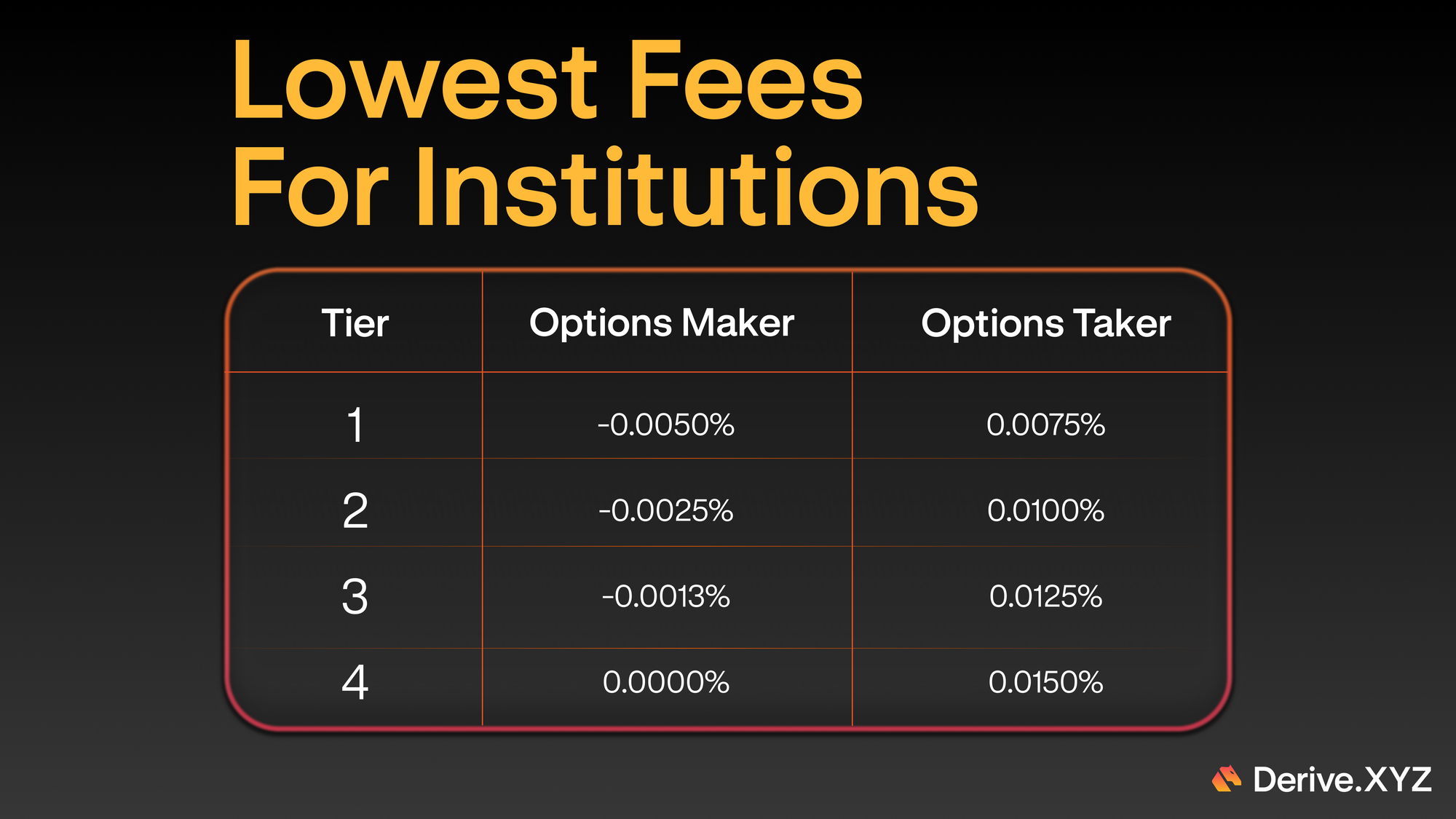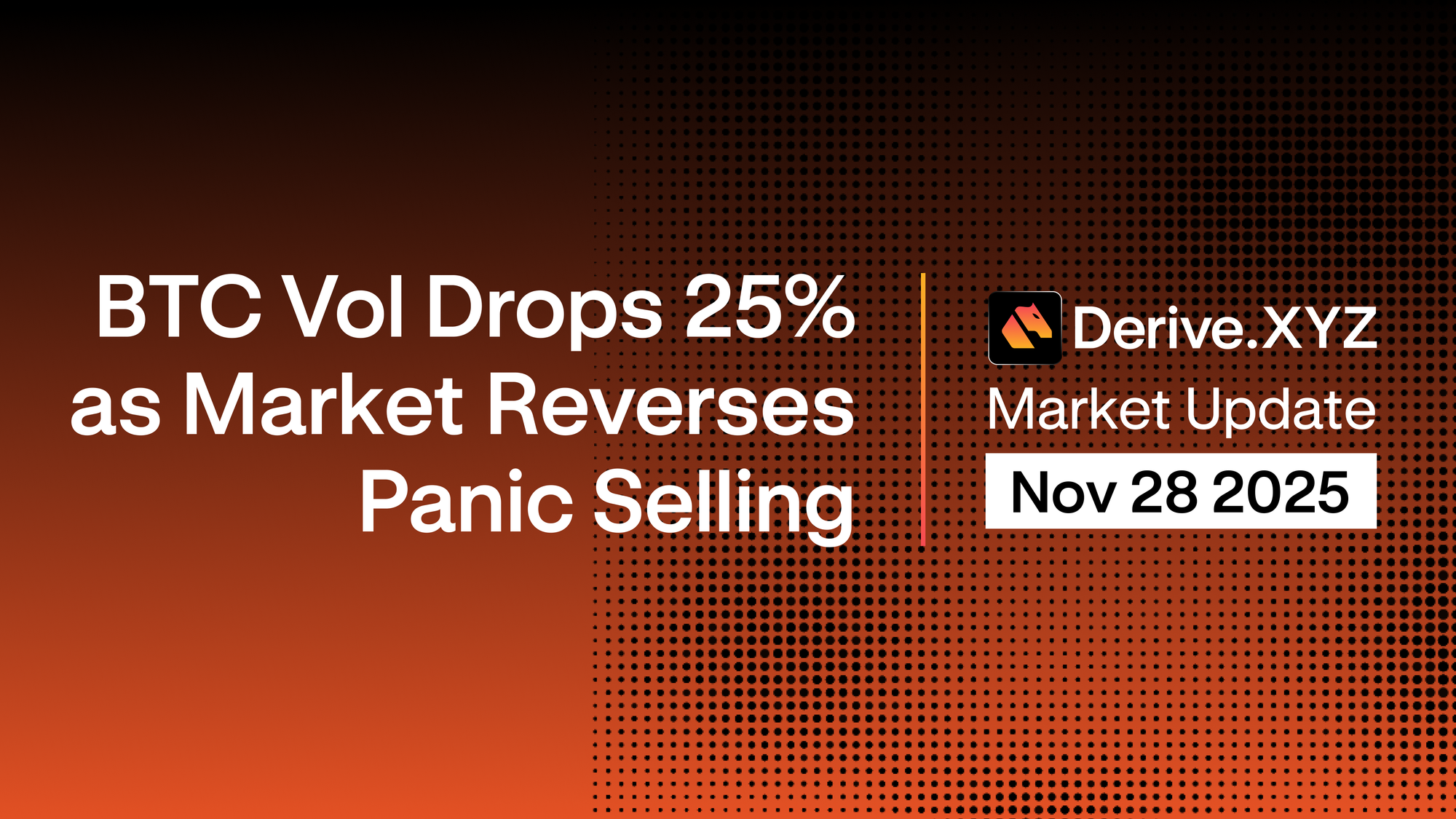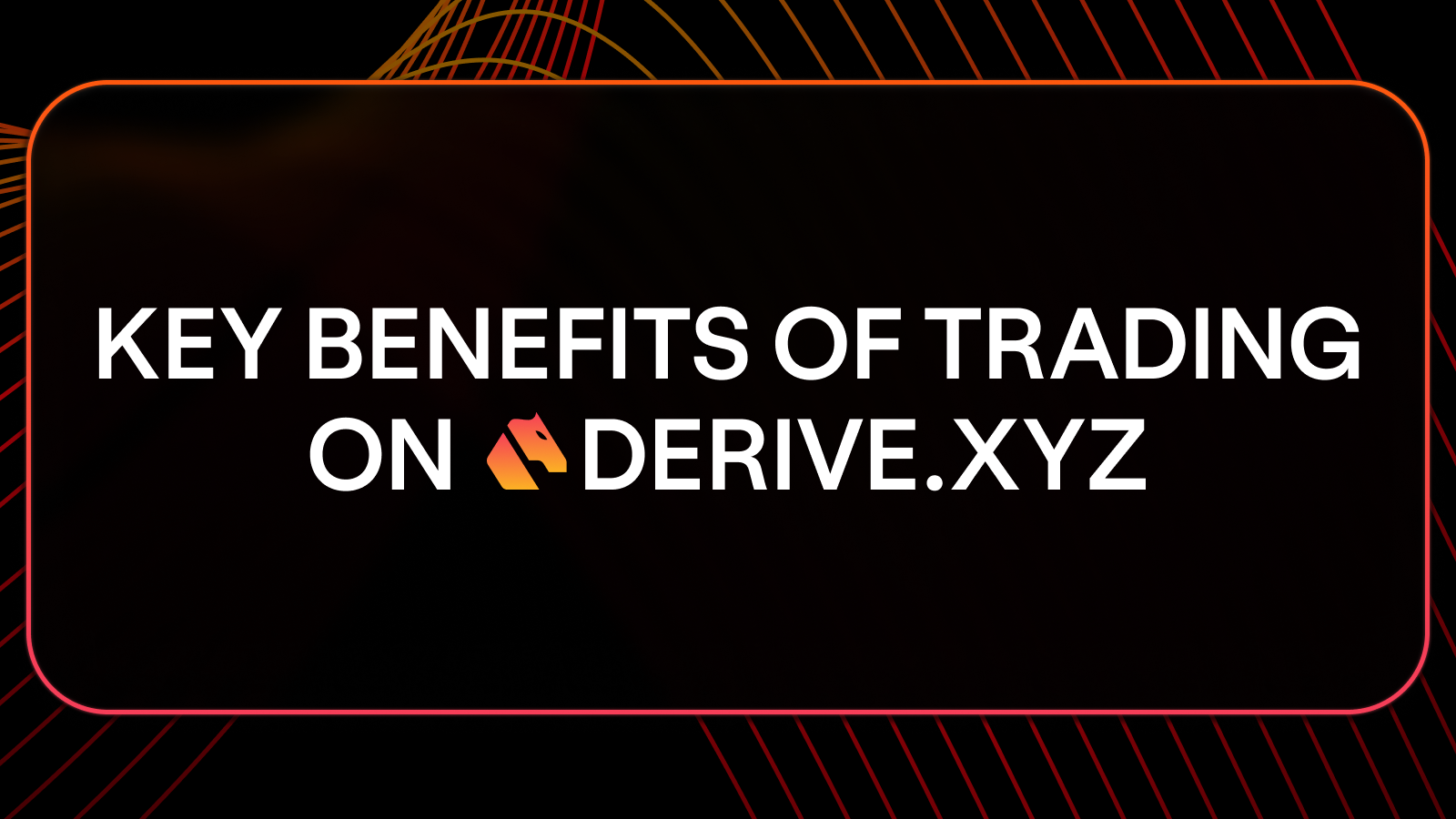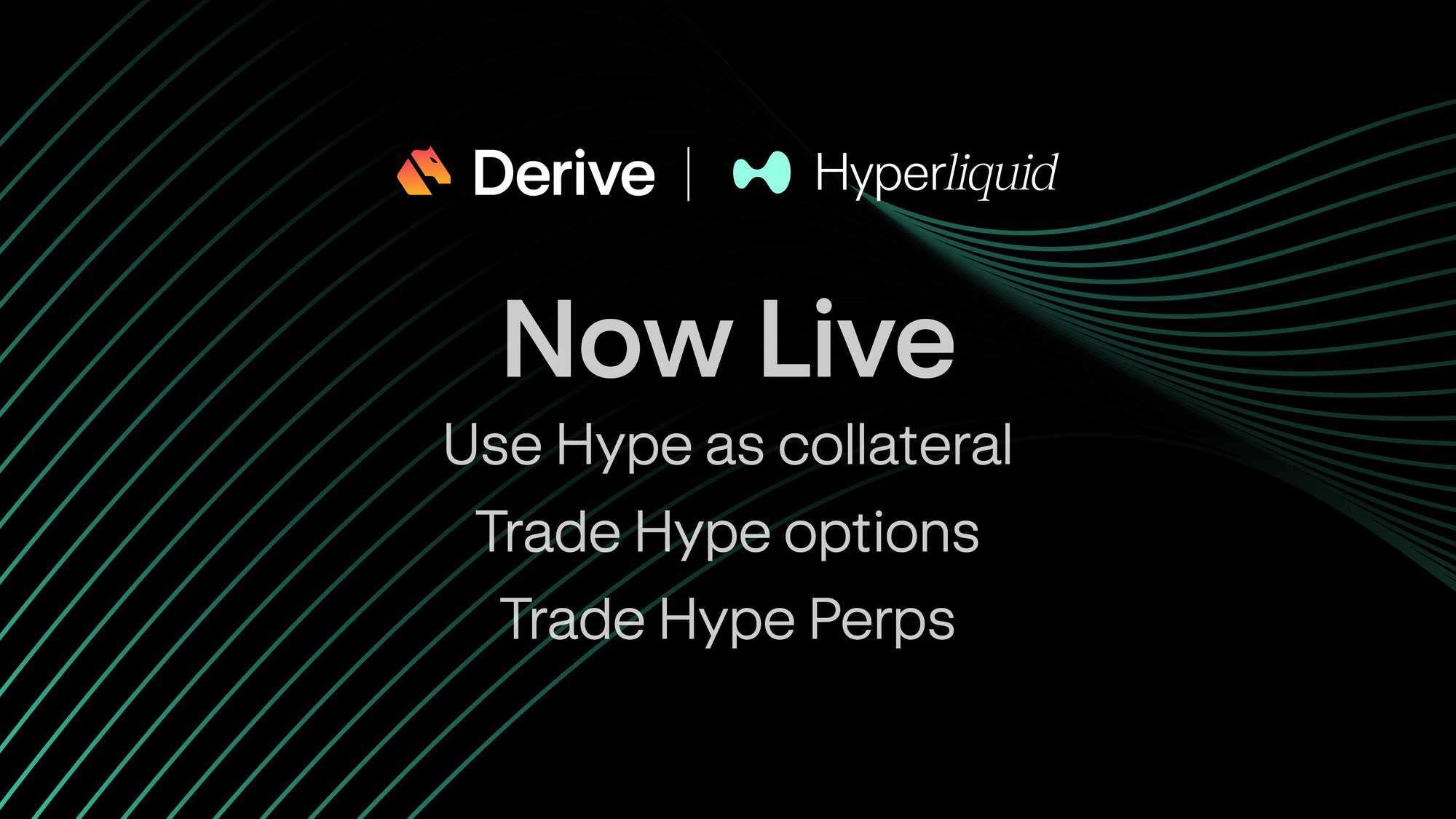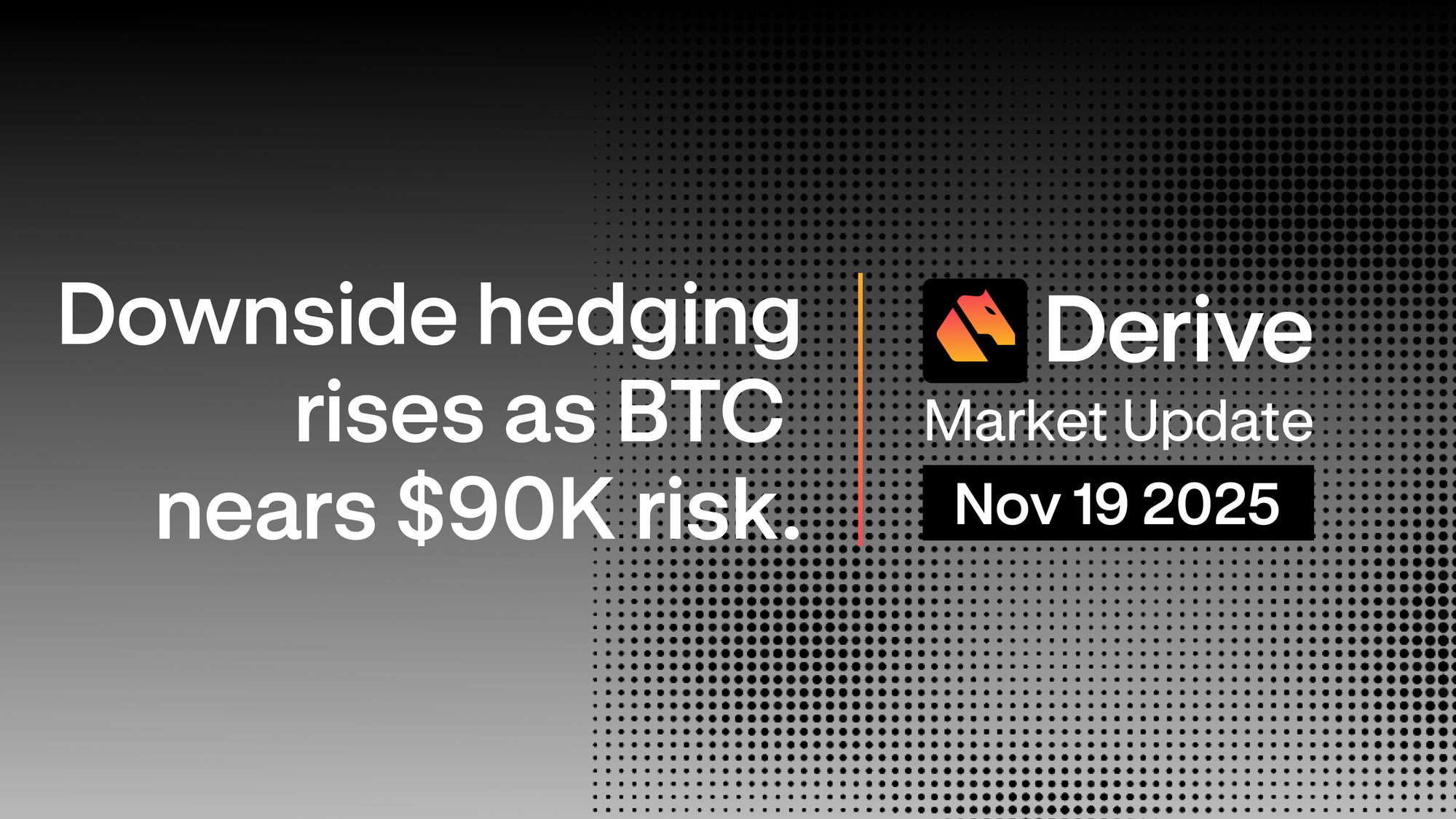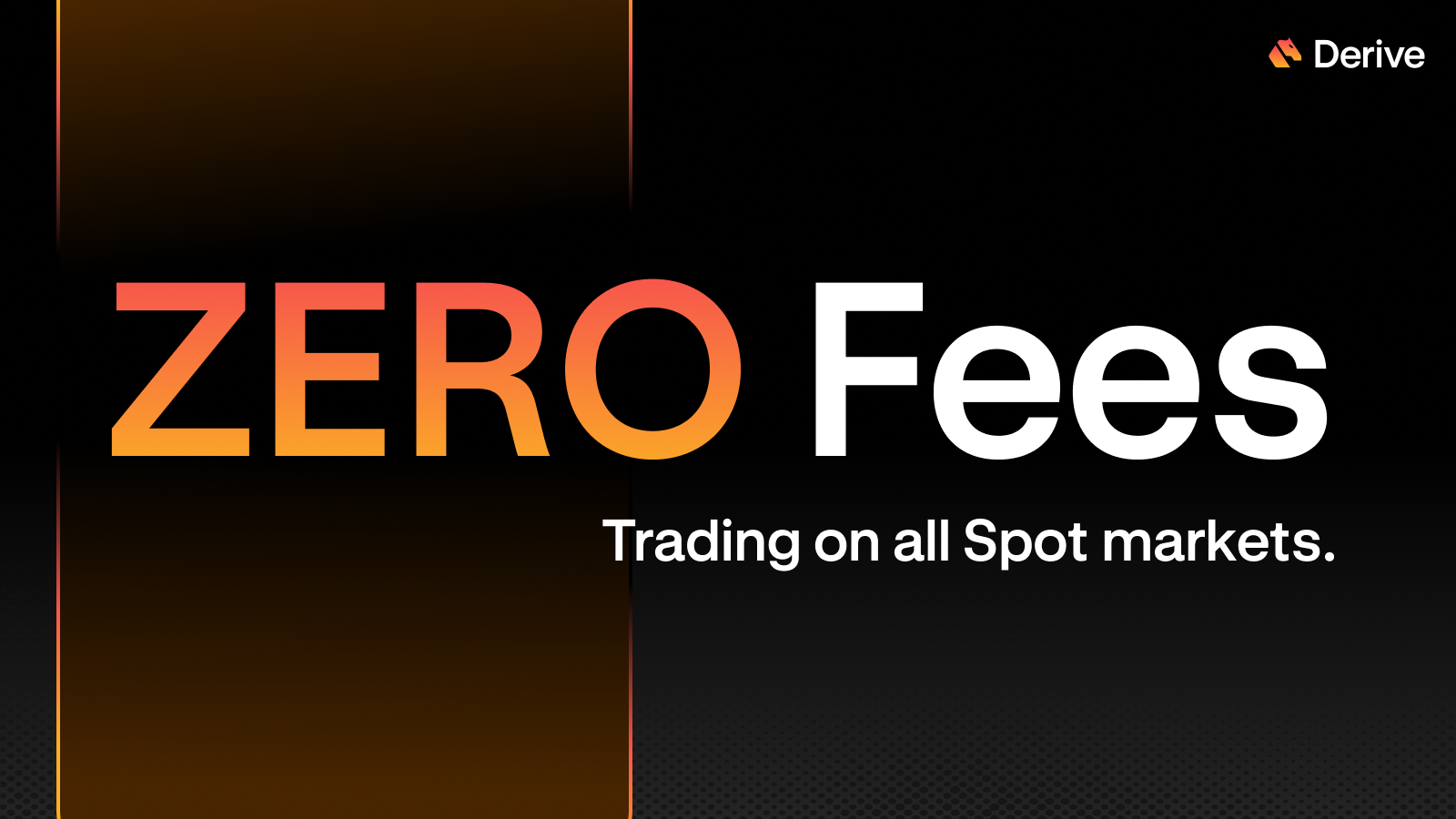The cleanest way to trade volatility when you expect a big move but do not know the direction.
Yesterday, we explored how earnings events and major crypto announcements affect implied volatility.
Today, we dig into two specific strategies to trade these setups:
- Event Straddles
- Event Strangles
Both allow you to express a view that volatility is underpriced, without having to predict the direction of the move.
Event Straddle Structure
An event straddle involves:
- Buying a call and a put
- Same strike price
- Same expiry date
- Positioned at or near the current underlying price
You are betting that the upcoming event will cause a move large enough to exceed the combined premium of the call and put.
Profit drivers:
- A sharp move in either direction
- A rise in implied volatility before the event (if you sell the straddle early)
Risk:
- Loss of the combined premium if the underlying stays near the strike price at expiry
Event Strangle Structure
An event strangle involves:
- Buying an out-of-the-money call
- Buying an out-of-the-money put
- Same expiry date
Strangles are cheaper than straddles because the options are further from the current price, but they require a bigger move to become profitable.
Profit drivers:
- A large breakout or breakdown following the event
- Rising implied volatility pre-event if you sell the strangle early
Risk:
- Loss of the combined premium if the underlying stays within the range between the two strikes
Straddle vs Strangle for Events
- Straddles cost more but need a smaller move to profit
- Strangles cost less but require a bigger move
Choosing between them depends on:
- How much implied volatility has already risen
- How strong you expect the post-event move to be
- How much premium you are willing to risk
Key Greeks to Monitor
- Vega: You want positive Vega exposure before the event, and should monitor for volatility collapse after
- Gamma: You want high Gamma exposure heading into the event to benefit from rapid Delta shifts during the move
- Theta: Manage decay carefully, especially if the event timing is uncertain
On Derive
- Structure event straddles or strangles easily through the options chain
- Track Vega, Gamma, and Theta exposure dynamically
- Use subaccounts to isolate event-driven trades from longer-term strategies
Derive’s real-time Greeks tracking gives you full control over event trades.
Your Action Today
- Pick an upcoming crypto event or major market catalyst
- Build a paper straddle and a paper strangle
- Track how Vega rises before the event and collapses after
- Compare which structure would have performed better based on the actual move
Tomorrow, we continue applying Greeks by studying managing Theta decay for both buyers and sellers.
Coming tomorrow:
Day 23 – Managing Theta Decay: How Buyers and Sellers Think Differently
Hasta manana
Cpt




